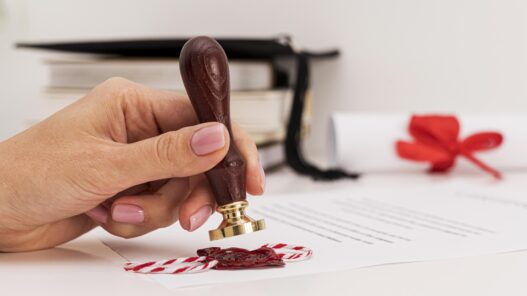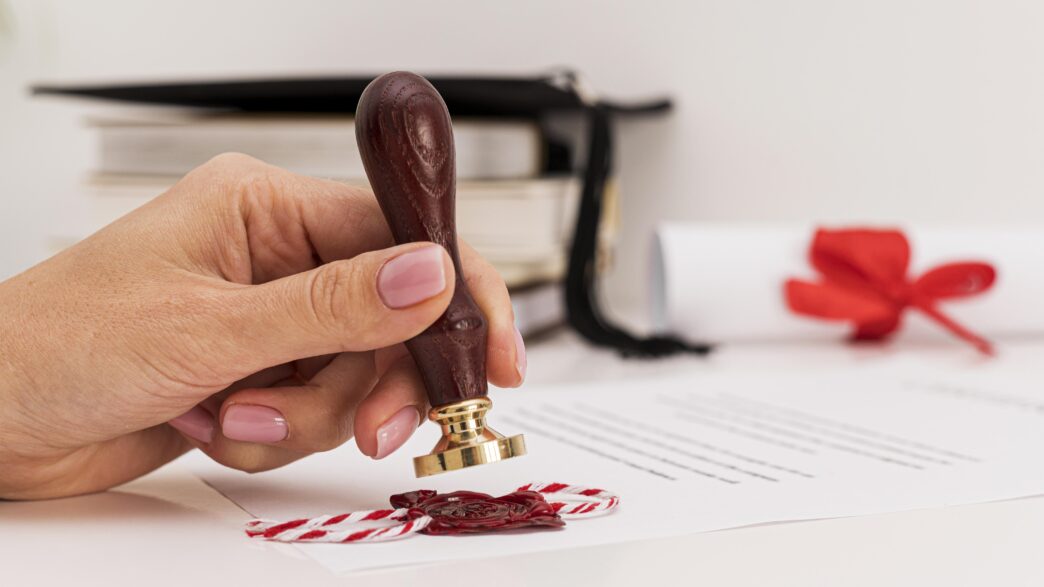Custom rubber stamps are essential tools for both professional and personal use, providing a convenient and consistent way to mark documents, artwork, or personal creations. Whether you’re a small business owner, a crafter, or an office manager, keeping your rubber stamps in excellent condition ensures they deliver clear impressions, last longer, and maintain the quality that matters for your needs. This guide will walk you through the best practices for cleaning and maintaining your rubber stamps to keep them looking and working their best for years to come.
Why Rubber Stamp Maintenance is Important
Rubber stamps are designed to be durable, but frequent use can lead to buildup of ink residue, dust, and dirt, all of which can affect stamp clarity and performance. Regular maintenance offers several key benefits:
- Better Impressions: Clean stamps produce clear, sharp impressions without smudging.
- Extended Lifespan: Proper care minimizes wear and tear, preventing deterioration.
- Cost Savings: Avoiding premature replacement reduces long-term expenses.
Implementing a maintenance routine doesn’t have to be time-consuming, but it will pay off in the quality and longevity of your rubber stamps.
Common Issues Due to Lack of Maintenance
Neglecting your rubber stamps can result in a few common but easily avoidable issues:
- Faded or Blurry Impressions: Ink buildup on the stamp’s surface often causes blurred or incomplete impressions.
- Dried Ink and Dirt Accumulation: Over time, dried ink and dirt can harden on the stamp’s surface, making it difficult to achieve a crisp print.
- Reduced Lifespan: Without regular care, stamps wear out faster, leading to frequent replacements and added costs.
Addressing these issues with proper maintenance will ensure your rubber stamps remain reliable for a long time.
Best Practices for Rubber Stamp Maintenance
Keeping your rubber stamps in great condition is simple if you follow a few essential maintenance practices.
1. Regular Cleaning Frequency
The frequency of cleaning depends on your stamp usage:
- Frequent Users: Clean stamps daily or weekly if used heavily.
- Moderate Users: Monthly cleanings are sufficient for light or moderate use.
- Occasional Users: Clean your stamps after each use or monthly if used infrequently.
Regular cleaning prevents residue buildup and keeps impressions crisp.
2. Using the Right Cleaning Materials
To clean your stamps effectively without causing damage, you’ll need:
- Soft Cloth or Sponge: Ideal for gentle cleaning without scratching.
- Mild Soap: Use only when necessary for tougher ink stains.
- Stamp Cleaning Solution: Specifically designed for rubber stamps, these solutions dissolve ink without damaging the material.
- Lukewarm Water: For cleaning, ensure water is lukewarm, as extreme temperatures can harm the rubber.
3. Safe Storage Tips
Store your rubber stamps in a clean, dry place to prevent dust and debris buildup. Use a dust-free box or container, and avoid direct sunlight, which can cause the rubber to dry out or crack.
Step-by-Step Guide to Cleaning Your Rubber Stamps
Here’s a breakdown of effective cleaning techniques to keep your stamps pristine:
1. Dry Cleaning Method
For light dirt and dust, use a soft cloth or a stamp brush to gently remove particles from the surface. This quick method is ideal for regular maintenance and doesn’t involve any liquids.
2. Wet Cleaning Method
For deeper cleaning:
- Gently dampen a soft cloth or sponge with lukewarm water.
- Lightly rub the stamp surface to remove ink and grime.
- If necessary, add a small amount of mild soap and repeat the process, rinsing with water afterward.
3. Ink Residue Removal
Stubborn ink stains can be removed with a stamp cleaning solution:
- Apply a few drops of the cleaner onto the stamp surface.
- Use a soft cloth or sponge to gently work the cleaner into the ink.
- Wipe away any excess with a damp cloth.
4. Drying the Stamp
Allow the stamp to air dry completely before storing it or using it again. Avoid using heat or direct sunlight to dry stamps, as this can damage the rubber.
Common Mistakes to Avoid
Avoiding these common mistakes will help preserve your rubber stamps:
- Using Harsh Chemicals: Avoid bleach or alcohol-based cleaners, which can degrade rubber.
- Excessive Water Exposure: While dampening is fine, soaking the stamp can cause the adhesive to weaken.
- Improper Storage: Leaving stamps exposed can lead to dust buildup and rubber degradation.
Additional Tips for Longevity and Preservation
To get the most from your rubber stamps, consider these extra maintenance tips:
Re-Inking Tips
When your ink pad starts to dry out, apply a few drops of fresh ink to ensure a smooth, even application. For self-inking stamps, follow the manufacturer’s instructions on re-inking to avoid over-saturation, which can lead to blotchy prints.
Seasonal Maintenance
Environmental factors can affect your stamps. In dry or hot conditions, rubber can dry out, so store stamps in a slightly cooler, shaded place. During humid months, ensure stamps are kept in a moisture-free environment to prevent mold or ink smudging.
Benefits of a Well-Maintained Rubber Stamp
With a little attention to cleaning and proper storage, your custom rubber stamps will serve you well for years, delivering crisp impressions and reducing the need for frequent replacements. Investing time in regular care not only protects your stamps but also ensures the quality of every impression.




